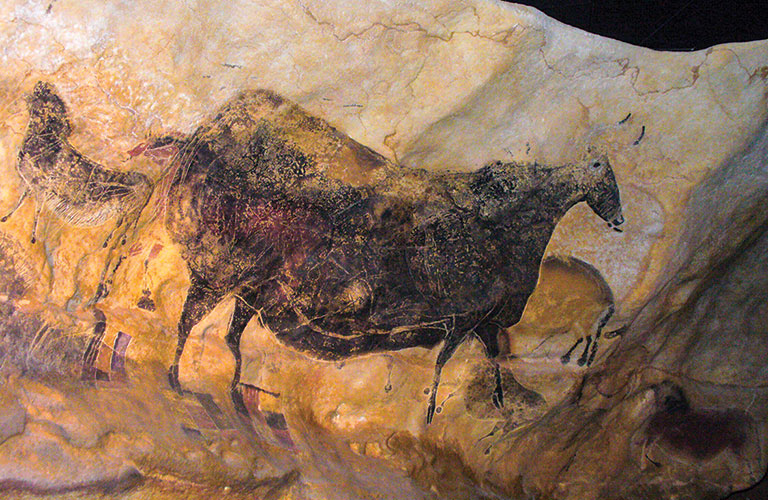

Climate change is one reason coral reefs around the world are dying, in part because warmer temperatures fuel the growth of seaweed, which crowds out new corals. But now scientists have found hungry helpers in the Florida Keys: native Caribbean king crabs. Researchers at Florida International University discovered that, over a single year, the transplanted crustaceans munched on so much coral-choking seaweed and algae that the crab-occupied reefs boasted four times as many baby corals—a solution that they believe is scalable.


While in space for nearly a year, the mass of astronaut Scott Kelly’s heart shrank by about 27%. A study published in the American Heart Association journal Circulation explains that when the element of gravity is replaced with weightlessness, the heart shrinks in response, even when a person exercises regularly, as Kelly did. With plans to send humans to Mars, how long-term spaceflight affects the heart is crucial data, which is why researchers plan to study the hearts of 10 additional astronauts over the next decade.


To make 16 ounces of honey, bees must collect nectar from some 2 million flowers.


Inspiration comes from all kinds of places. History’s earliest painters used firelight as they deliberately chose the innermost walls of winding caves to make their marks, which so reduced their oxygen levels as to induce “altered states of consciousness,” say researchers at Tel Aviv University, who published their findings in April in Time and Mind: The Journal of Archaeology, Consciousness and Culture. The authors focused primarily on cave paintings in Spain and France from 40,000 to 14,000 years ago. By simulating the effect of torches on oxygen concentrations in comparable settings, they found that oxygen levels decreased to a state of hypoxia, boosting the release of dopamine in the brain. “Entering these deep, dark environments was a conscious choice, motivated by an understanding of the transformative nature of an underground, oxygen-depleted space,” the study concludes.


How do fireworks get their colors? Chemistry. Each firework contains pellets, called stars, that carry hue-altering elements. As it burns, barium glows green; copper shows blue; calcium makes orange; and sodium, yellow. As for those weeping willow-like displays? Longer-burning gold or silver can make a nice trailing effect.
Receive more stories in your email
Sign upTags:
Where Art & Science Meet